1
STATEMENT OF STYLE
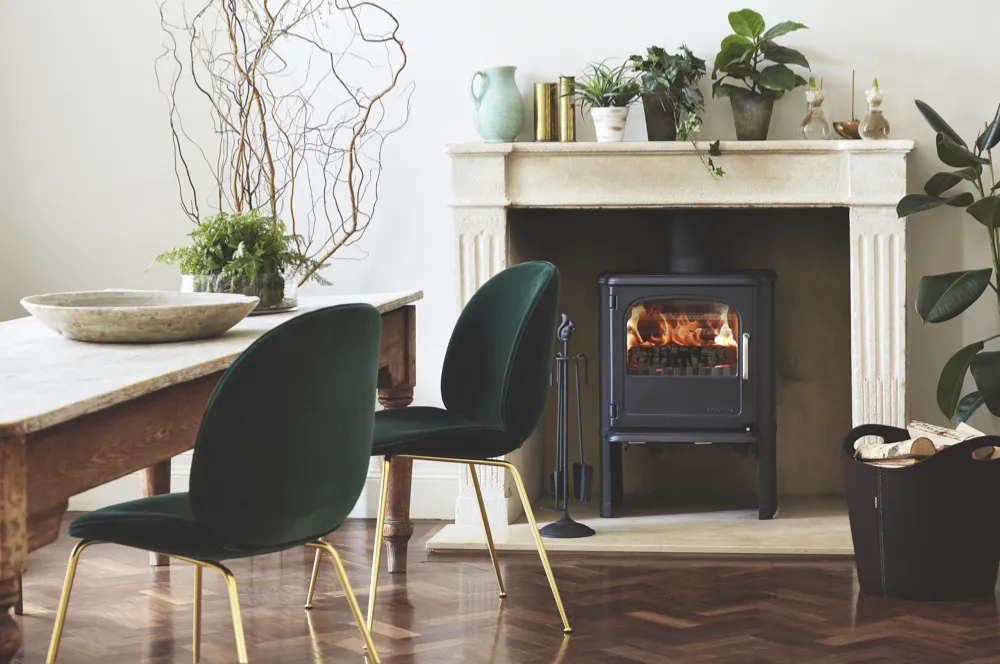
Whatever the season, whether the fire is lit or not, the hearth is always the focal point and a fireplace that is sympathetic to its surroundings will make the room look and feel comfortable. If you are restoring a house that has lost its original features, neighbouring properties of a similar period can be a valuable guide to the style of fireplace you should choose. Where there is no easy reference, be guided by the proportions and style of the room itself and any surviving architectural details. When you’re buying a fireplace, the choice lies between an antique or vintage piece, a ready-made modern or reproduction design or a bespoke surround. Some period styles can seem over-elaborate or too imposing for current tastes but unless you’re aiming for an authentic effect, a chimney piece with the same dimensions, made to a simpler design, will fit well in a room furnished with antiques. Prices vary but as the chimney piece will occupy a central position in the room, it is worth paying for quality.
2
CONTEMPORARY CLASSIC

Traditional fireplaces are not the only option for lovers of antique and vintage furniture – a contemporary design makes a confident centrepiece in schemes that blend old and new. The spare aesthetic of modern Scandi-style stoves and hole-in-the-wall fireplaces is well suited to homes converted from barns, former industrial spaces and large open-plan rooms where the heat source provides a focus of visual and physical warmth that helps to zone the living area. In a more conventional room, a pared-down interpretation of a classic fireplace gives a more streamlined look to the familiar format, while conforming to its scale or proportion. Often made from pale limestone or reconstituted stone, these sleek surrounds are available in a range of elegant styles.
3
RECLAIMED TREASURES
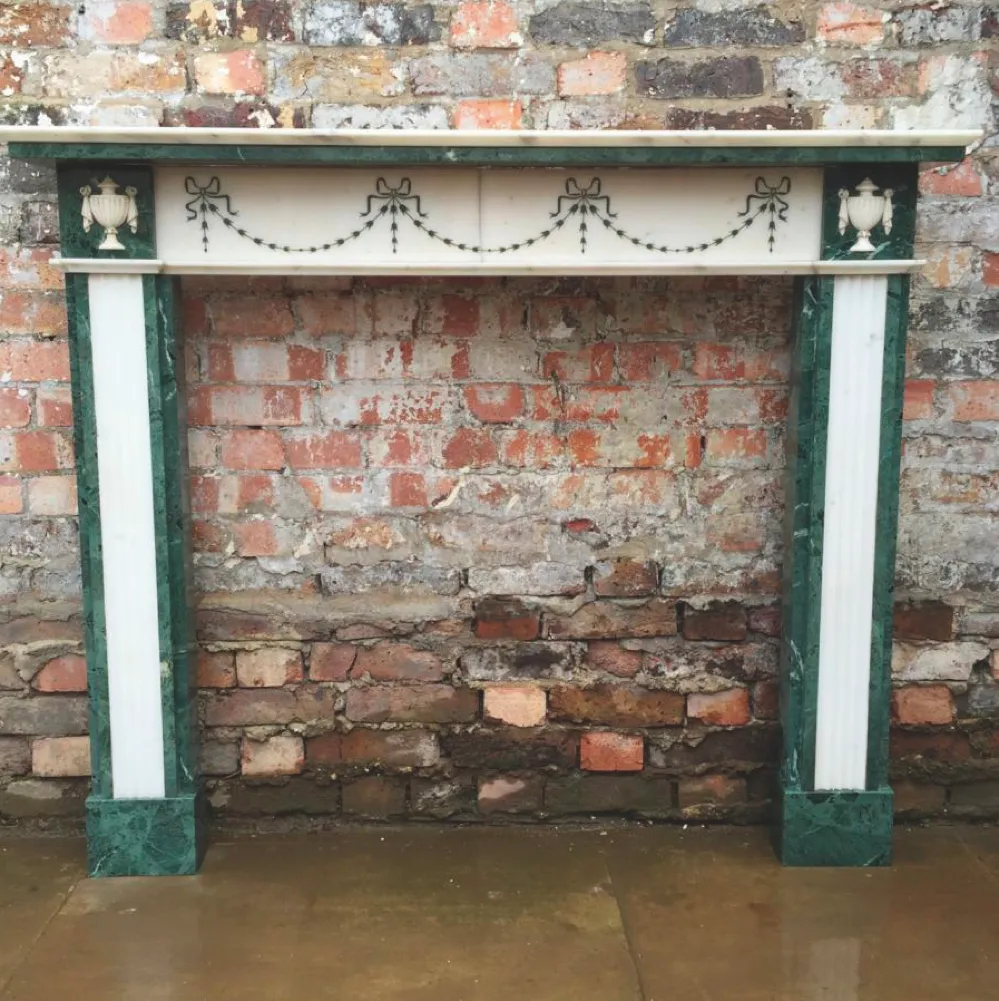
There are no hard and fast definitions for the terms ‘reclaimed’ and ‘salvaged’ and some fireplaces described in this way may be reproductions and just a few years old. When you buy an old fireplace, ask the dealer for an accurate description of its vintage. Chris Martin of Lassco advises us to check the condition of the piece. ‘Restoration is often costly and time-consuming, so save yourself the hassle by buying examples that are complete.’
4
ANTIQUE ORIGINALS
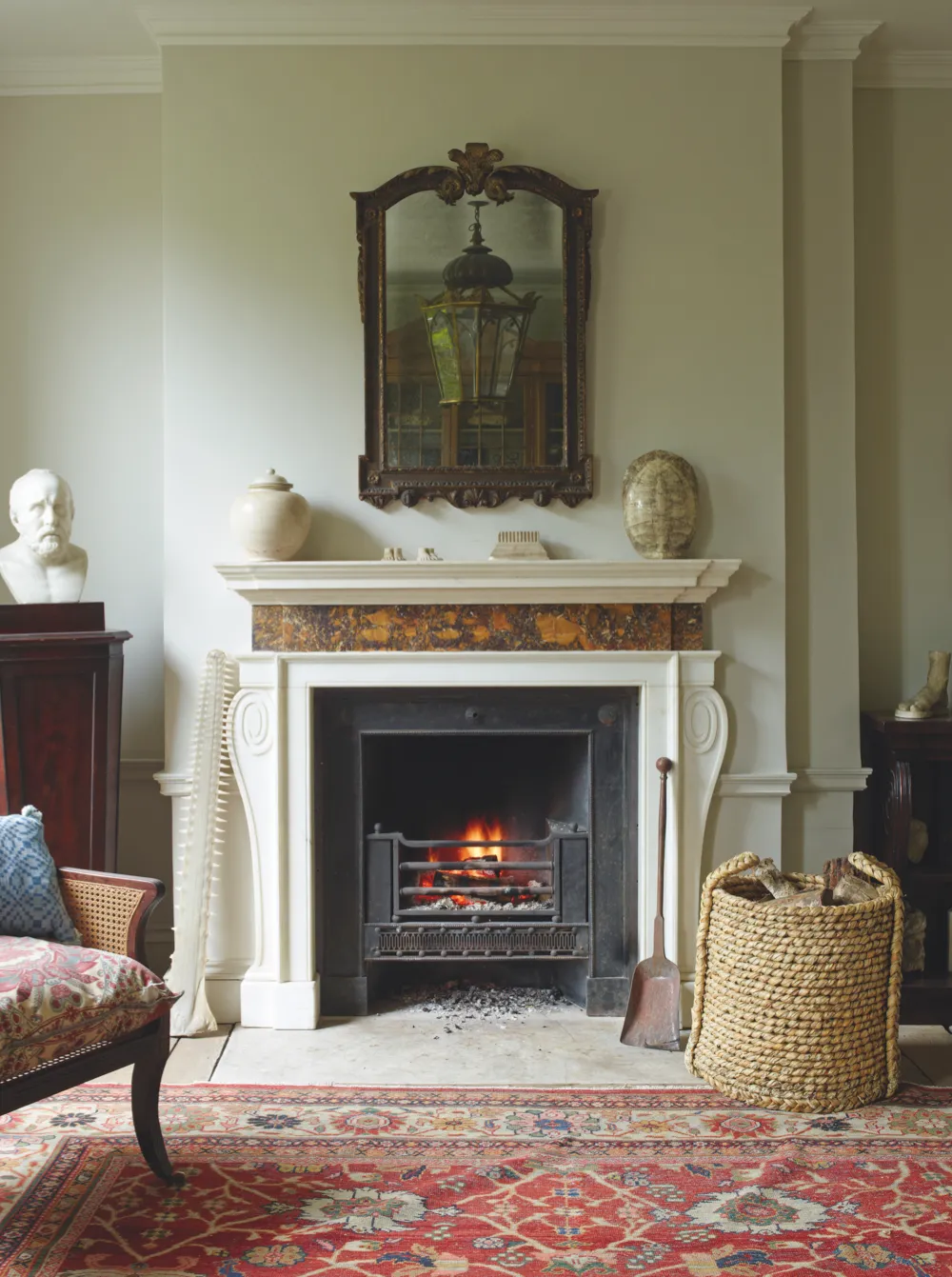
A fireplace of the correct vintage, style and size gives any restoration project integrity. Specialist dealers offer examples from every era from the 17th century onwards, and some incorporate elements of even earlier pieces. It’s rare to find an antique fire in pristine original condition; until the arrival of central heating, fireplaces were the main sources of warmth and, as such, were in regular operation. Few survived the rigours of everyday use without showing signs of wear and tear, while some sustained damage when they were removed from one room and altered to fit another or while they were being salvaged. Where repairs are needed, it’s a good idea to have these done before installation.
5
INSPIRED BY HISTORY
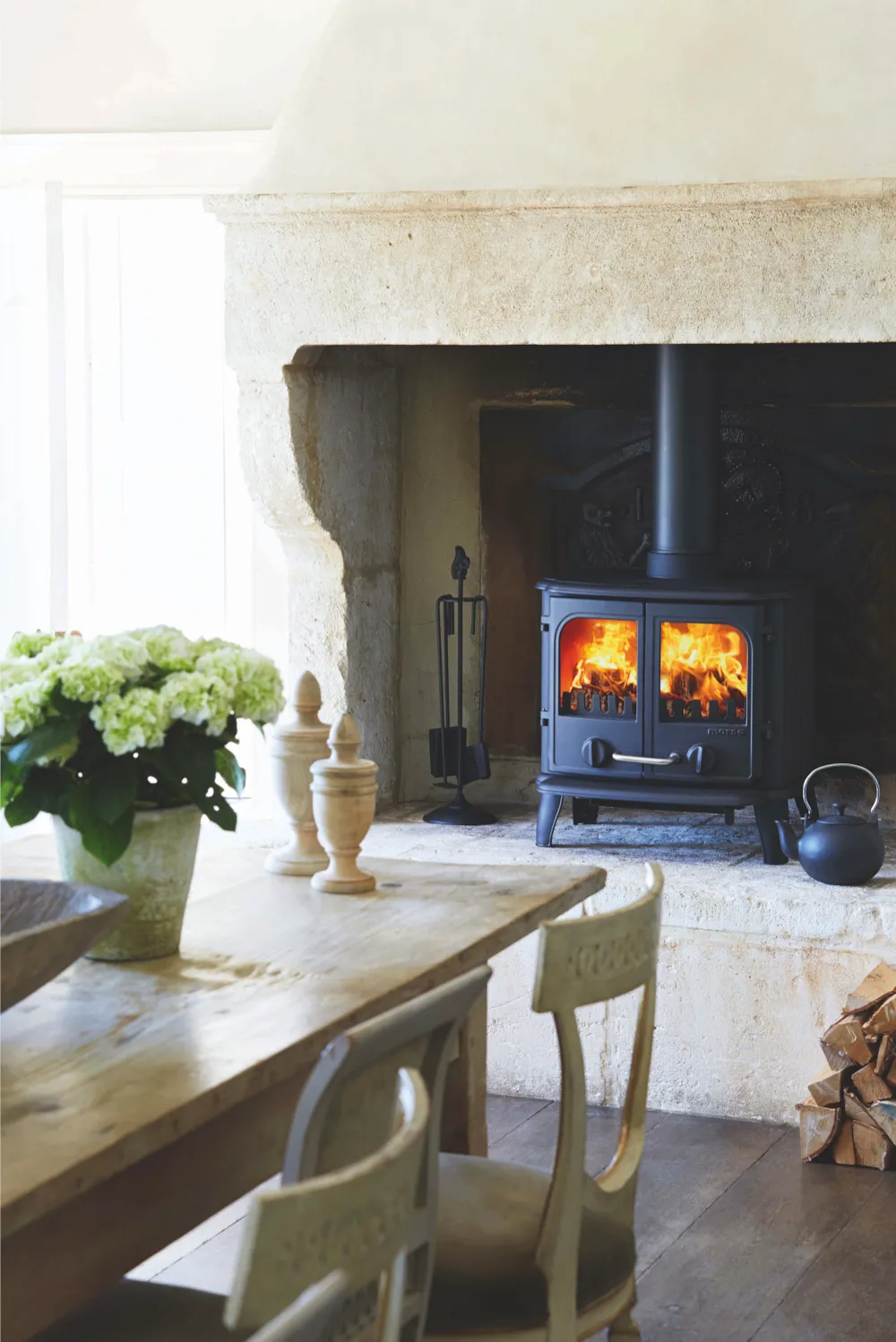
When finding an antique fireplace in the style, size and material you want takes too long, investing in a high-quality reproduction is a practical alternative. Bespoke fireplaces can be made to your specifications and the best ready-made reproductions often come in designs taken from antique originals. ‘We produce fireplaces from original designs,’ says Jonathan Kennedy of Acquisitions. ‘As for the cast-iron inserts, we have the original patterns and continue to produce them using the same moulds.’
6
HOT NEWS
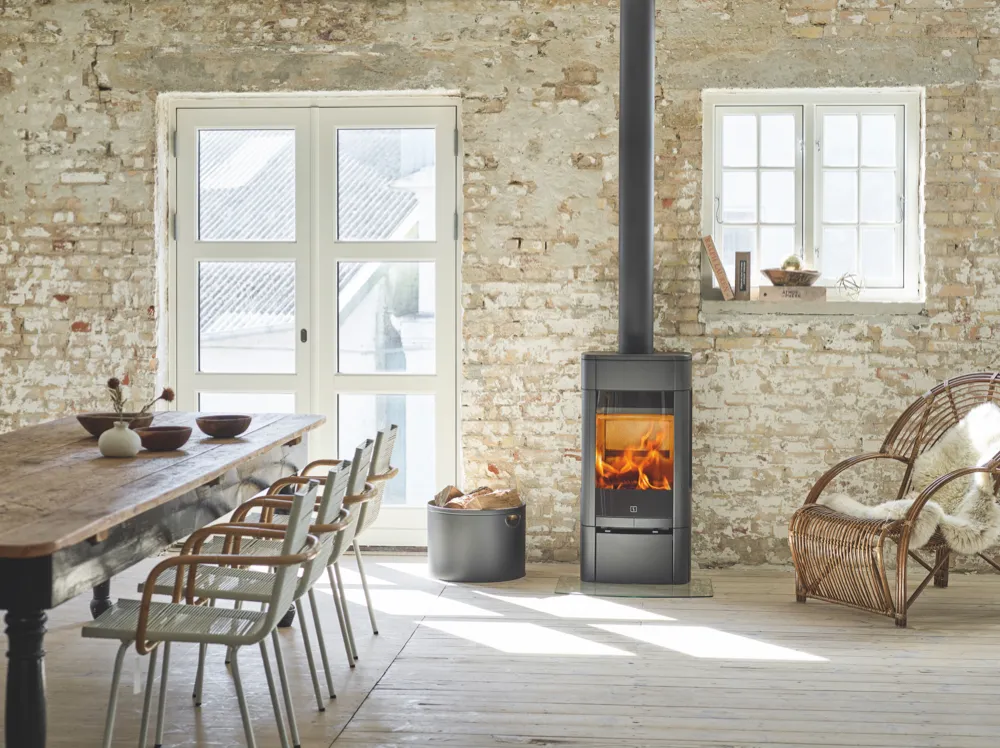
New technology is constantly improving stove performance so when you buy, look for the latest features. Reducing air pollution is at the forefront of solid-fuel appliance design and while many woodburning stoves are Defra approved, the latest models reduce emissions even further. Clearview says that its new stoves produce 84 per cent fewer than one made 10 years ago. Another new development to help stoves burn more effectively in well-insulated homes is ‘external air’, sometimes known as ‘direct air’. All fires need air to burn, usually taken from the room the fire is in, but this can cause draughts or, in very well-insulated buildings, a failure of the fire to draw. Stoves with an external air feature are ventilated from outside ensuring a constant air supply.
This feature first appeared in the December 2017 issue of Homes & Antiques.